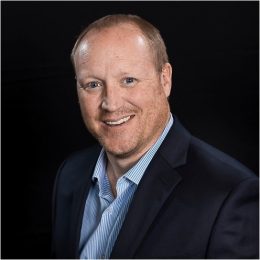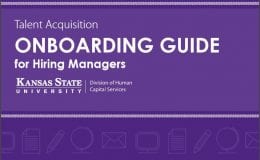 Engaging all of our university partners is critically important to achieving any of our goals and aspirations, particularly when it comes to our K-State 2025 plan. Teamwork is among the many lessons I have learned over the years, some of them a long time ago as a high school athlete. In a not too distant year, I was playing in the Nevada state championship baseball game. I was our catcher. The week before the state tournament one of our star pitchers had an emergency appendectomy and could not play. We had two great pitchers, including him. As a result, we used our first-star pitcher to reach the championship and in the title game, we used an unproven sophomore pitcher. We got destroyed.
Engaging all of our university partners is critically important to achieving any of our goals and aspirations, particularly when it comes to our K-State 2025 plan. Teamwork is among the many lessons I have learned over the years, some of them a long time ago as a high school athlete. In a not too distant year, I was playing in the Nevada state championship baseball game. I was our catcher. The week before the state tournament one of our star pitchers had an emergency appendectomy and could not play. We had two great pitchers, including him. As a result, we used our first-star pitcher to reach the championship and in the title game, we used an unproven sophomore pitcher. We got destroyed.
I think the final in the championship game was 17-5. Near the middle of the game, it was clear things were out of hand. I looked out to the mound and could see our young sophomore pitcher was having a hard time emotionally. I called time and jogged out to the mound and asked, “What’s going on?” He looked at me with teary eyes (yes there is crying in baseball) and said, “I’m letting your guys down.” With all of the maturity, my 17-year-old self could muster I calmly responded, “This is it for me. I am a senior and this is the last time I will ever play organized baseball. Listen to me. We win as a team and we lose as a team. These guys are just better than we are today. Tell you what, you throw the ball, I’ll catch it and let’s get out of here.” Everyone on a team has the potential to lift each other up and help us reach our objectives and goals. Team members have each other’s back in times of ease and times when there is struggle.
As I mentioned in our last newsletter, we have reached out to and are involving many university team members in our HCS strategic initiatives. We have listened to input from a variety of places including the 2014 Climate Survey, 2017 Professional Development Needs Assessment, peer and aspirational higher educational institutions, and input from university partners.
I promised in our last edition more information about our initiatives and today you can view that information on the HCS web site. You can visit our web site to find out more about the HCS Strategic Advisory Council, who they are and the role they play in assisting us. You can also learn more about a global competency framework, timelines for implementation and the university-wide teams that have been created to work on the following items associated with that: competency modeling, career ladders and paths, career development and performance management.
In addition, you will see information about our other initiatives such as Supervisory Foundations training and employee onboarding. Those initiatives also involve many university partners. We will continue to update our progress as these teams work and accomplish milestones. We have so much appreciation for those who have and will assist in achieving our goals. Teamwork is a hallmark of K-State and a reminder that we really do have great people here.



